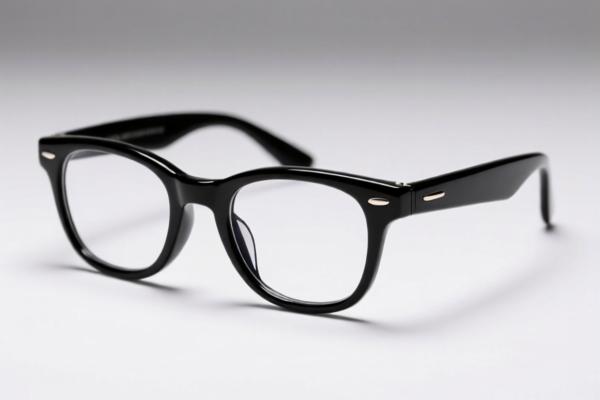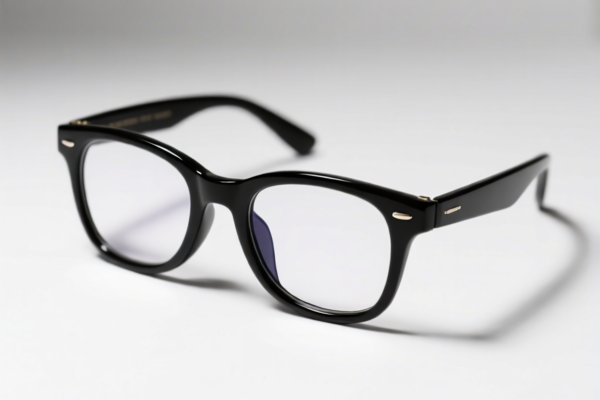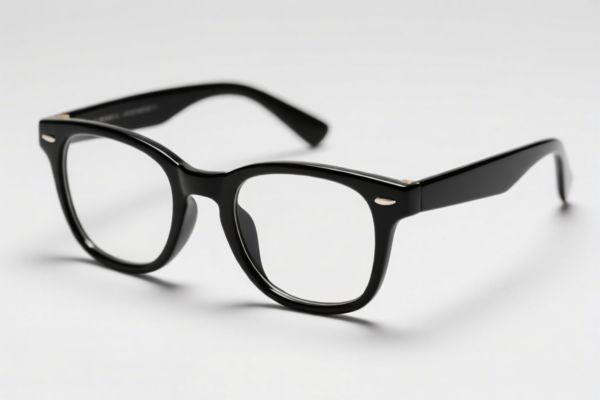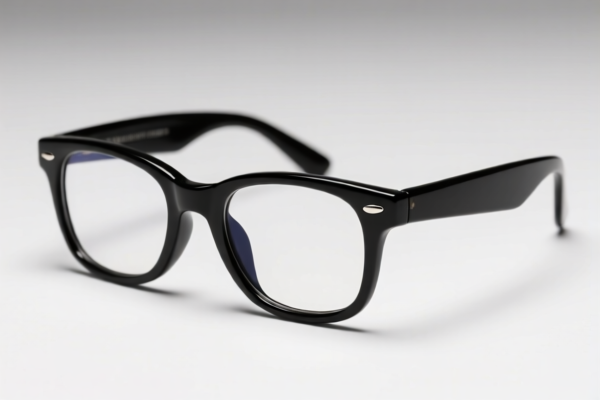| HS Code | Official Doc | Tariff Rate | Origin | Destination | Effective Date |
|---|---|---|---|---|---|
| 9615906000 | Doc | 41.0% | CN | US | 2025-05-12 |
| 9615904000 | Doc | 35.3% | CN | US | 2025-05-12 |
| 3926400090 | Doc | 35.3% | CN | US | 2025-05-12 |
| 3924905650 | Doc | 40.9% | CN | US | 2025-05-12 |
| 3924902000 | Doc | 33.4% | CN | US | 2025-05-12 |




Moving Eyes
Moving eyes, also known as animatronic eyes, dynamic eyes, or tracking eyes, refer to eyes – typically those found in dolls, animatronics, robots, or virtual avatars – that are capable of movement independent of the head. This movement is designed to simulate lifelike gaze and enhance realism or expressiveness.
Material
The materials used in creating moving eyes vary significantly based on the complexity and purpose of the eye. Common materials include:
- Acrylic or Glass: Used for the eye's outer shell, providing a realistic appearance.
- Plastics (ABS, Polycarbonate): Employed for structural components and housings.
- Metal (Aluminum, Steel): Utilized for gears, shafts, and other mechanisms requiring durability.
- Silicones/Resins: Used to create realistic irises and sclera, often with embedded details.
- Electronic Components: Including micro-motors, sensors (cameras, infrared sensors), and control boards.
Purpose
The primary purpose of moving eyes is to:
- Enhance Realism: Simulate natural eye movements, making dolls, robots, or characters appear more alive.
- Improve Expressiveness: Convey emotions, intentions, and focus through gaze direction.
- Create Interaction: Enable eye contact and tracking, fostering a sense of connection with the user or environment.
- Provide Functionality: In robotics, eye movements can be used for object tracking, navigation, and visual perception.
Function
Moving eyes function through a combination of mechanical and electronic components:
- Motors: Small electric motors drive the eye's movement in horizontal and vertical axes.
- Gears & Linkages: Transmit and refine the motor's rotation into precise eye movements.
- Sensors: Track external stimuli (e.g., faces, objects, user input) to determine gaze direction.
- Control System: A microcontroller or computer processes sensor data and controls the motors to achieve desired eye movements.
- Power Source: Batteries or an external power supply provide energy for the system.
Usage Scenarios
- Animatronics: Used in theme park attractions, museums, and entertainment to create lifelike characters.
- Robotics: Integrated into robots for human-robot interaction, object recognition, and navigation.
- Dolls & Toys: Enhance the play experience by providing more engaging and realistic dolls.
- Virtual Reality/Augmented Reality: Used in avatars to create more immersive and expressive virtual experiences.
- Special Effects: Used in film and television to create realistic creature eyes or enhance character performance.
- Assistive Technology: Potential applications in creating more natural-looking prosthetic eyes or communication aids.
Common Types
- Pan-Tilt Mechanism: A simple system using two motors to rotate the eye horizontally (pan) and vertically (tilt).
- Saccadic Motion: Replicates the rapid, jerky eye movements characteristic of human vision.
- Pursuit Motion: Allows the eye to smoothly track moving objects.
- Vergence Motion: Controls the convergence and divergence of the eyes for depth perception.
- Camera-Based Tracking: Uses a camera to track faces or objects and direct the eye's gaze accordingly.
- Infrared (IR) Tracking: Employs IR sensors to detect and track user's gaze.
- Remote Controlled: Allows manual control of eye movements via a remote or software interface.
- Programmable Eyes: Eyes with pre-programmed movement sequences or the ability to learn and adapt to user interactions.
Based on the provided information, “moving eyes” can be classified under the following HS codes:
- 9503000071: This HS code covers Tricycles, scooters, pedal cars and similar wheeled toys; dollsʼ carriages; dolls, other toys; reduced-scale (“scaleˮ) models and similar recreational models, working or not; puzzles of all kinds; parts and accessories thereof. Specifically, it applies to “Childrenʼs productsˮ as defined in 15 U.S.C. § 2052: Other: Labeled or determined by importer as intended for use by persons: Under 3 years of age. If the moving eyes are part of a toy intended for children under 3, this code is applicable. The base tariff is 0.0%, with an additional 0.0% surcharge, and a 30% surcharge after April 2, 2025, resulting in a total tariff of 30.0%.
- 9503000073: This HS code also covers Tricycles, scooters, pedal cars and similar wheeled toys; dollsʼ carriages; dolls, other toys; reduced-scale (“scaleˮ) models and similar recreational models, working or not; puzzles of all kinds; parts and accessories thereof. However, it applies to “Childrenʼs productsˮ as defined in 15 U.S.C. § 2052: Other: Labeled or determined by importer as intended for use by persons: 3 to 12 years of age. If the moving eyes are part of a toy intended for children between 3 and 12, this code is applicable. The base tariff is 0.0%, with an additional 0.0% surcharge, and a 30% surcharge after April 2, 2025, resulting in a total tariff of 30.0%.
- 3926400090: This HS code covers Other articles of plastics and articles of other materials of headings 3901 to 3914: Statuettes and other ornamental articles Other. If the moving eyes are considered ornamental articles made of plastic, this code may be applicable. The base tariff is 5.3%, with an additional 0.0% surcharge, and a 30% surcharge after April 2, 2025, resulting in a total tariff of 35.3%.
Please note that the final HS code determination depends on the specific material composition and intended use of the “moving eyes”. If the moving eyes are part of a toy, consider HS codes 9503000071 or 9503000073 based on the age group of the intended user. If they are standalone ornamental articles, HS code 3926400090 may be more appropriate.
Customer Reviews
No reviews yet.